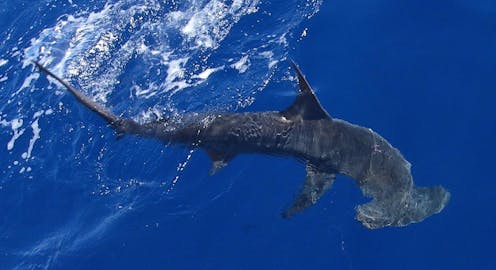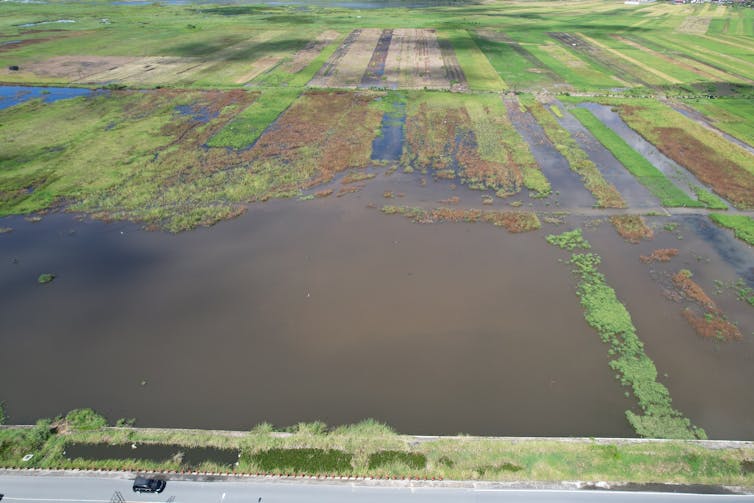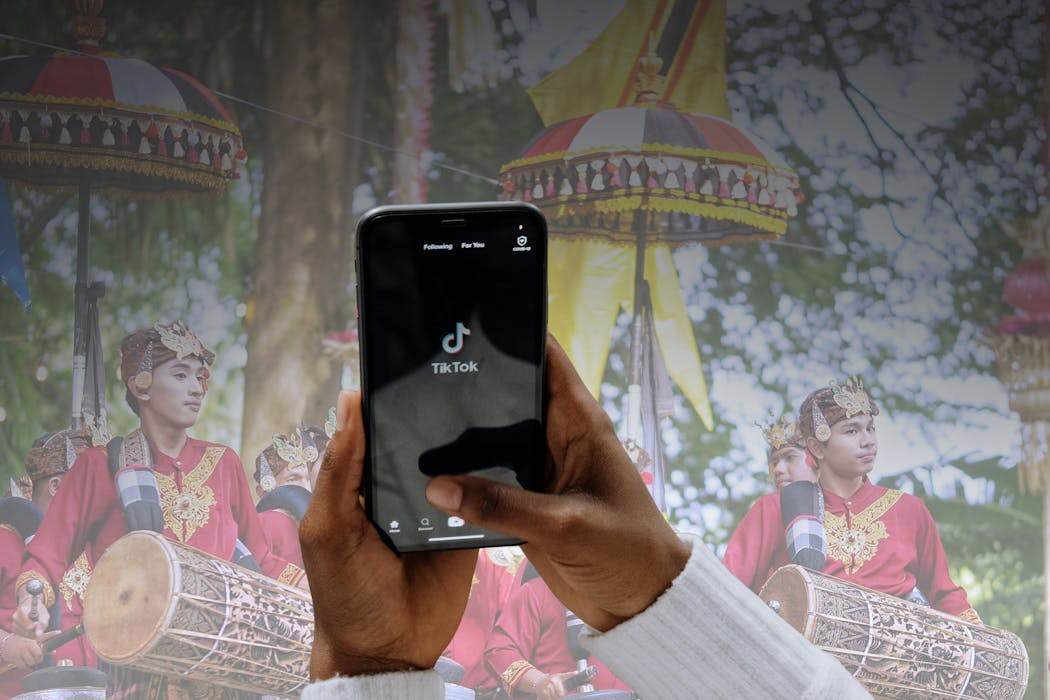Why do humans have bones instead of cartilage like sharks?
- Written by Michael Heithaus, Executive Dean of the College of Arts, Sciences & Education and Professor of Biological Sciences, Florida International University

More than 400 million years ago, an ancient group of fish called the placoderms[11] were the first fish to develop jaws. This was important because it helped them become impressive predators.
Placoderms had amazing bony plates that protected their heads and parts of their bodies, but the rest of their skeletons were made of cartilage. That’s one reason we find fossils of their head and jaw plates but not the rest of their skeleton. Cartilage rarely fossilizes.
Our fishy family tree
Placoderms are probably the ancestors of two major groups of fish – modern sharks and rays, with skeletons made of cartilage, and bony fish. Both groups have survived for hundreds of millions of years. But it was bony fish that gave rise to amphibians[12] – the first creatures that left the sea and developed limbs and lungs that enabled them to live on land.
Those amphibians with their bony skeletons gave rise to reptiles[15], and from reptiles came birds and mammals[16] – eventually including humans. That means we can trace our bones all the way back to ancient fish. Today there are about 60,000 species on Earth with skeletons of bone swimming, living on land or flying through the air.
Hello, curious kids! Do you have a question you’d like an expert to answer? Ask an adult to send your question to CuriousKidsUS@theconversation.com[17]. Please tell us your name, age and the city where you live.
And since curiosity has no age limit – adults, let us know what you’re wondering, too. We won’t be able to answer every question, but we will do our best.
References
- ^ Curious Kids (theconversation.com)
- ^ curiouskidsus@theconversation.com (theconversation.com)
- ^ much of our skeleton is cartilage when we are babies (www.healthline.com)
- ^ great hammerheads (www.sharks.org)
- ^ orcas, or killer whales, will eat large white sharks (www.smithsonianmag.com)
- ^ lemon sharks (www.sharks.org)
- ^ pectoral fins on their sides (fishionary.fisheries.org)
- ^ propelling themselves with their tails like sharks (www.youtube.com)
- ^ James St. John/Flickr (flic.kr)
- ^ CC BY (creativecommons.org)
- ^ placoderms (www.britannica.com)
- ^ gave rise to amphibians (www.britannica.com)
- ^ Dr. Guojie Zhang (doi.org)
- ^ CC BY-ND (creativecommons.org)
- ^ gave rise to reptiles (www.britannica.com)
- ^ from reptiles came birds and mammals (www.scientificamerican.com)
- ^ CuriousKidsUS@theconversation.com (theconversation.com)
Authors: Michael Heithaus, Executive Dean of the College of Arts, Sciences & Education and Professor of Biological Sciences, Florida International University
Read more https://theconversation.com/why-do-humans-have-bones-instead-of-cartilage-like-sharks-170526





